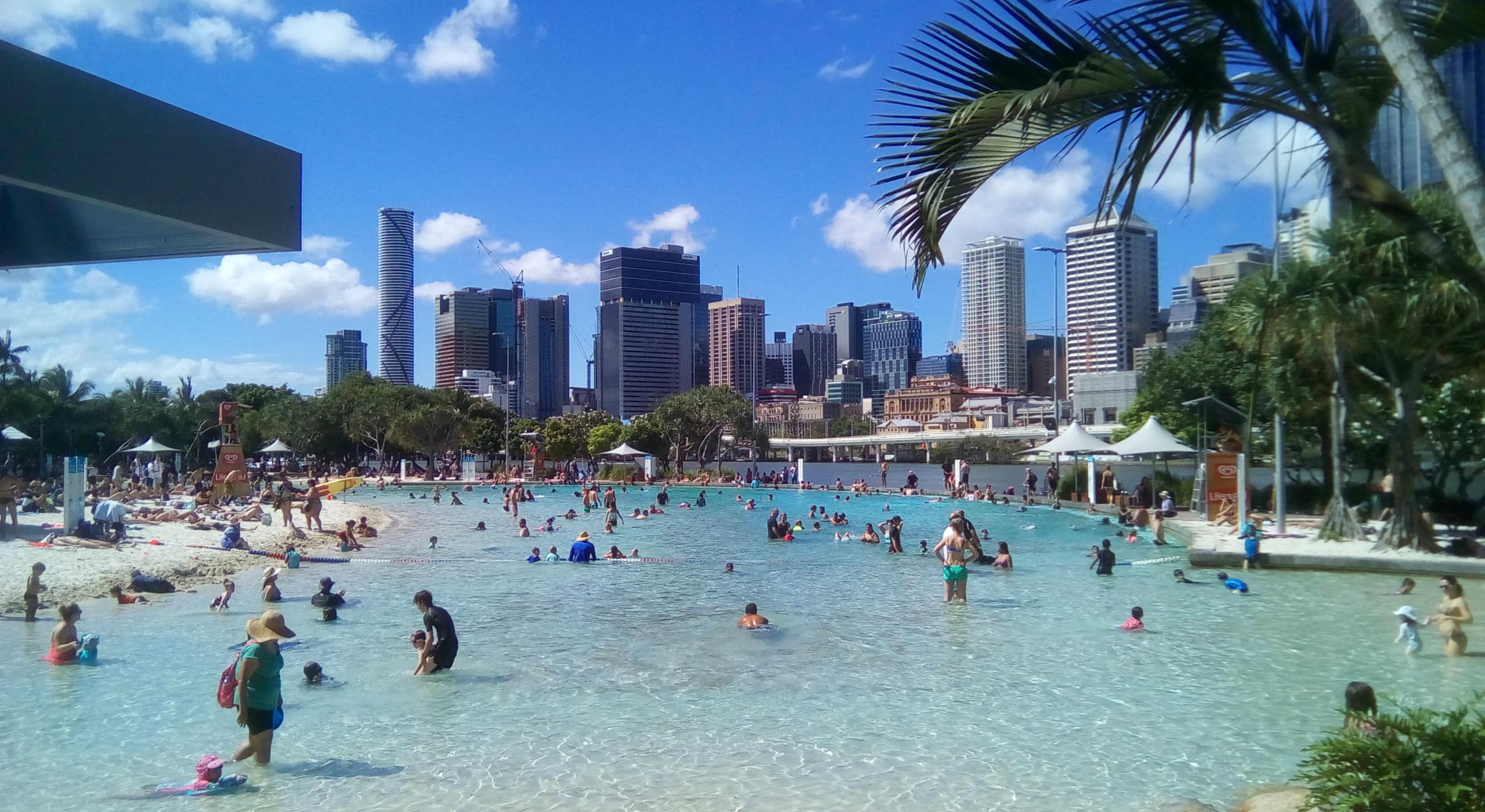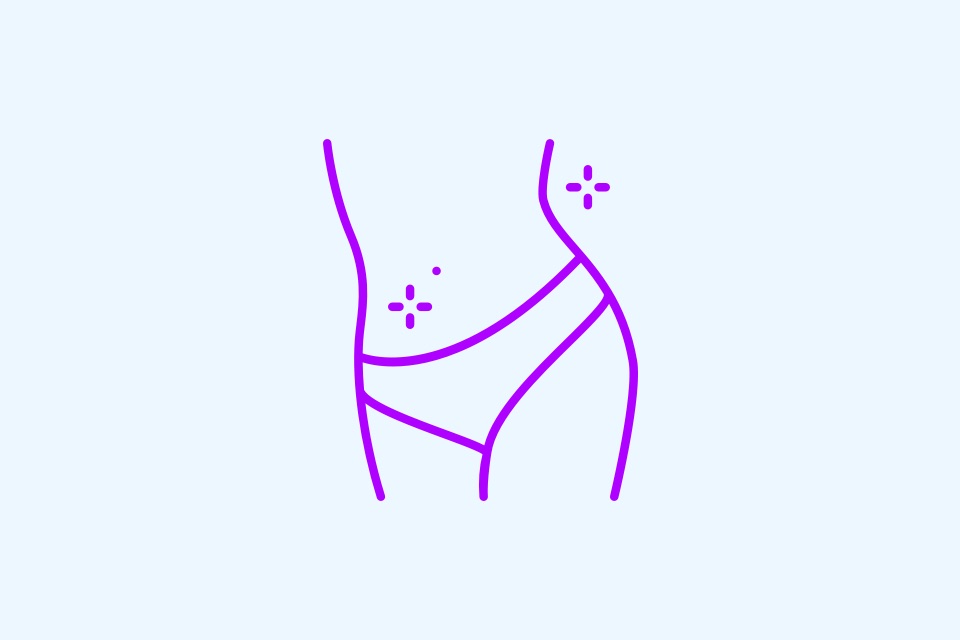Hand surgery
- Related topics
- Contact
Plastic Surgery Queensland
Suite 2.01
Mater Private Clinic
550 Stanley Street
South Brisbane QLD 4101
Plastic Surgery Queensland
Gold Coast
109 W. Burleigh Road
Burleigh Waters QLD 4220
Hands are considered one of the most complex structures in the human body. They are part of an elaborate system of bones, joints, muscles, ligaments, nerves, tendons and blood vessels. Quite often, hand and wrist pain can be treated with rest, ice and over-the-counter painkillers. But then some hand and wrist pain may require surgery. Below, you will find an overview of some key wrist and hand surgical procedures that I can help you with.
Quick links
Hand surgeon Brisbane
When do I need a hand surgeon?
Most of us don’t realise how often we need our hands until we experience a problem due to hand injury or an inflammatory condition. Before hand surgery is considered, your doctor will always recommend non-surgical options first.
First-line treatment options for hand and wrist pain are:
- Resting your hands.
- Splinting.
- Occupational therapy.
- Physiotherapy and hand exercises.
- Painkillers.
If none of these options work for you, your doctor may refer you to a hand surgeon and this is when a plastic surgeon comes into the picture.
Hand surgery is a key subspecialty of plastic and reconstructive surgery that focuses on the nerves, tendons, bones and blood vessels of the hand. From trauma to inflammatory conditions, I deal with all aspects of hand surgery.
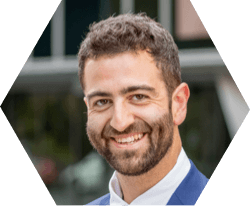
Plastic surgeon Brisbane & Gold Coast
Below you’ll find an overview of some of the most common hand conditions. It’s a handy list (pun intended) to compare symptoms and learn about who’s at risk to develop these conditions.
Stay informed
Check out these related articles for more interesting reads. Just click on the links below to keep exploring:
Happy reading!
Your hand’s function can be impaired by inflammatory compression of the median nerve (within the carpal tunnel). This is called carpal tunnel syndrome.
- Tingling.
- Numbness across the hand (most commonly the thumb, index, middle and outer aspect of the ring finger).
- Weakness when gripping an object.
There are many causes of carpal tunnel syndrome including:
- Trauma.
- Degenerative diseases (for example arthritis).
- Inflammatory diseases (for example tenosynovitis).
Anyone can develop carpal tunnel syndrome however some people are more at-risk:
- Manual workers.
- Females during pregnancy.
- Older patients.
- Hand therapy exercises to reduce swelling, improve gliding and movement and strength.
Carpal tunnel decompression surgery:
- A quick and simple procedure that relieves the pressure on the median nerve to reduce and remove your symptoms completely. This procedure is done in day surgery. For more details, I have compiled all your frequently asked questions about carpal tunnel surgery here.
Ganglion cysts
Ganglion cysts are benign lumps that develop along the tendons or joints of your hands or wrists. The cysts are round and filled with fluid. When this fluid leaks out it becomes entrapped below your skin and this may be very painful. Most ganglions are seen across the wrist (over the top of the wrist, or underneath), however, they can occur along the palm, into the fingers and across the top of the end of the finger.
- Swelling
- Pain and limited movement
- Everyone can develop ganglia
- Patients who have suffered injuries like torn ligaments and fractures are at higher risk of developing ganglia.
- First-line treatment depends on the location, size and discomfort.
- As they are very common, not all patients are suitable for treatment.
- However, larger ganglia (>1-2cm) across the wrist or into the digits will likely require surgical treatment.
- A simple ultrasound can confirm its origin and diagnosis.
- Surgery is day surgery performed under either local or general anaesthetic.
- A small incision is made overlying the ganglion.
- The structures associated are carefully protected and the cyst is excised with its capsule.
- The diseased structures forming the ganglion are removed to minimise the risk of recurrence.
- Recurrence rate for ganglia used to be 20-30% however using accurate removal techniques this is reduced to <1%.
Basal joint arthritis
Osteoarthritis is the most common form of arthritis. It’s a degenerative joint disease that affects mostly older people. However, osteoarthritis can impact younger individuals who have underlying medical issues or have experienced fractures involving these joints previously. Osteoarthritis can damage any joint, not just your hands.
- Stiffness, particularly first thing in the morning.
- Clicking or popping with moving your affected finger
- A nodule in the palm at the base of the affected finger
- Affected finger locked in a bent position
- Overtime cartilage is worn away leading to changes in the structure and dynamic movement of the joint.
- This damage accelerates joint cartilage loss and leads to osteoarthritis.
- Older people
- Younger people who have underlying medical issues or have experienced fractures involving these joints previously.
- Hand therapy
- Steroid injections
- Splinting
- Surgery is useful when the pain and deformity limit your function on a daily basis.
- This surgery is day surgery and involves the removal of the affected joint disease and either soft tissue reconstruction (thumb base) or joint replacement surgery (thumb, digits).
Hand fractures and trauma
- Dislocations and finger fractures are very common traumas.
- They happen in work injuries, sports or home accidents.
- Initial treatment involves analgesia, x-ray imaging and stabilisation with splinting or plaster cast.
- Depending on the fracture type and location, various surgical and non-surgical treatment options are offered.
- For the most part, undisplaced fractures outside the joint can be managed conservatively.
- However, significantly displaced fractures or those that involve the fracture line will often require surgical fixation.
- The fixation can either be in the form of pins (k-wire) or plating (open reduction internal fixation).
- This decision is discussed with you during your consultation.
Dupuytren’s disease
Dupuytren’s is a benign palmar fascia contracture that most commonly occurs in Anglo-Saxon lineage patients who have either British or Nordic ancestry. The disease causes small palmar and digital contractures that lead to clawing of the digits if left untreated over time.
- It starts with small and tender nodules (lumps) on your palm.
- Eventually one or more fingers are pulled forward.
- It is often detected using the failed tabletop test (you cannot lay your hand flat on a table, palm down).
- The cause is not known yet, however, the genetics of the condition are well recognised.
- There is an inflammatory and auto-immune component to Dupuytren’s disease that has clear ancestral origins.
- If the contractures are small, then simple observation is warranted.
- However, if the palmar contracture is extensive and causes the patient to not be able to place their palm fully flat on the table or any digit is involved, surgery is warranted.
- Treatment is a day-surgery operation to excise the disease and free the contracture back to baseline.
- Patients will need to wear a night splint for 6-8 weeks to maintain their position and undergo hand therapy.
Trigger finger
Trigger finger is a benign inflammatory condition that affects the flexor tendons of the finger causing them to become ‘stuck’ into the triggered position. It can click and lock causing pain and be difficult to reduce straight.
- Stiffness, particularly first thing in the morning.
- Clicking or popping with moving your affected finger
- A nodule in the palm at the base of the affected finger
- Affected finger locked in a bent position
- Hand therapy
- Splinting
- Steroid usage can be employed and minimise symptoms for 3-6 months. However ultimately, surgery is often warranted in these cases.
Day surgery involves the release of the pulley and removal of the nodule to allow the finger to glide freely.
De Quervain’s tenosynovitis
De Quervain’s tenosynovitis is an inflammatory condition of the base of the thumb. When you have this condition, it will probably hurt when you turn your wrist.
- Pain near the base of the thumb
- Difficulty moving your wrist when you want to grasp something.
Inflammatory tendinopathy of the extensor tendons passing under the 1st dorsal compartment (tendon sheath) that encases multiple tendons which act on the thumb base.
- Splinting
- Occasionally you will be given a steroid injection.
- Surgical treatment involves an incision over the outer aspect of the base of the thumb to release the compartment.
- It is important that the tendons are completely released to allow them to glide freely.
- There are often small compartments within the tendons that also require a release to achieve a satisfactory result.
Fingertip injuries and amputations
The nailbed is the skin underneath the nail and nailbed injuries are very common. They often occur when a heavy object crushes or hits the fingers or when a person sustains a cut from a sharp object.
Digits are prone to trauma from sharp or blunt instruments.
Early surgical intervention can reduce the scar, maintain finger length and minimise the sensitivity associated with fingertip injuries.
In many cases, simple nailbed injuries can be washed out and repaired in the operating theatre as day surgery. A simple cap splint can be worn for 3 weeks to allow recovery and a desensitisation program guided by a hand therapist is very important.
Some cases (tip amputation) require urgent surgical exploration to attempt to restore the tip blood perfusion (inflow) to allow the patient to keep their fingertip. This surgery is more extensive (can take 2-3 hours) and would require you to stay in hospital for upwards of 5-7 days.
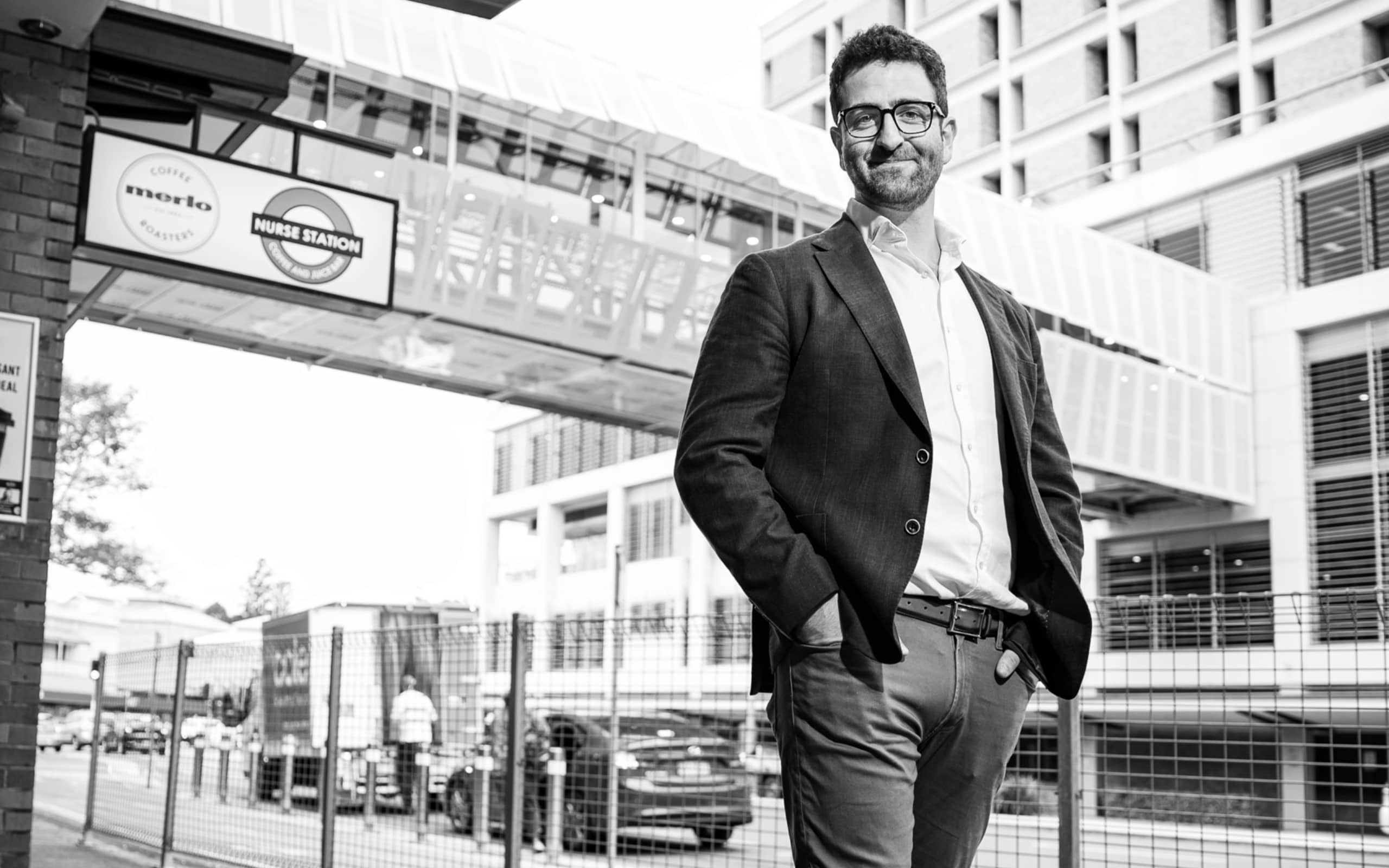
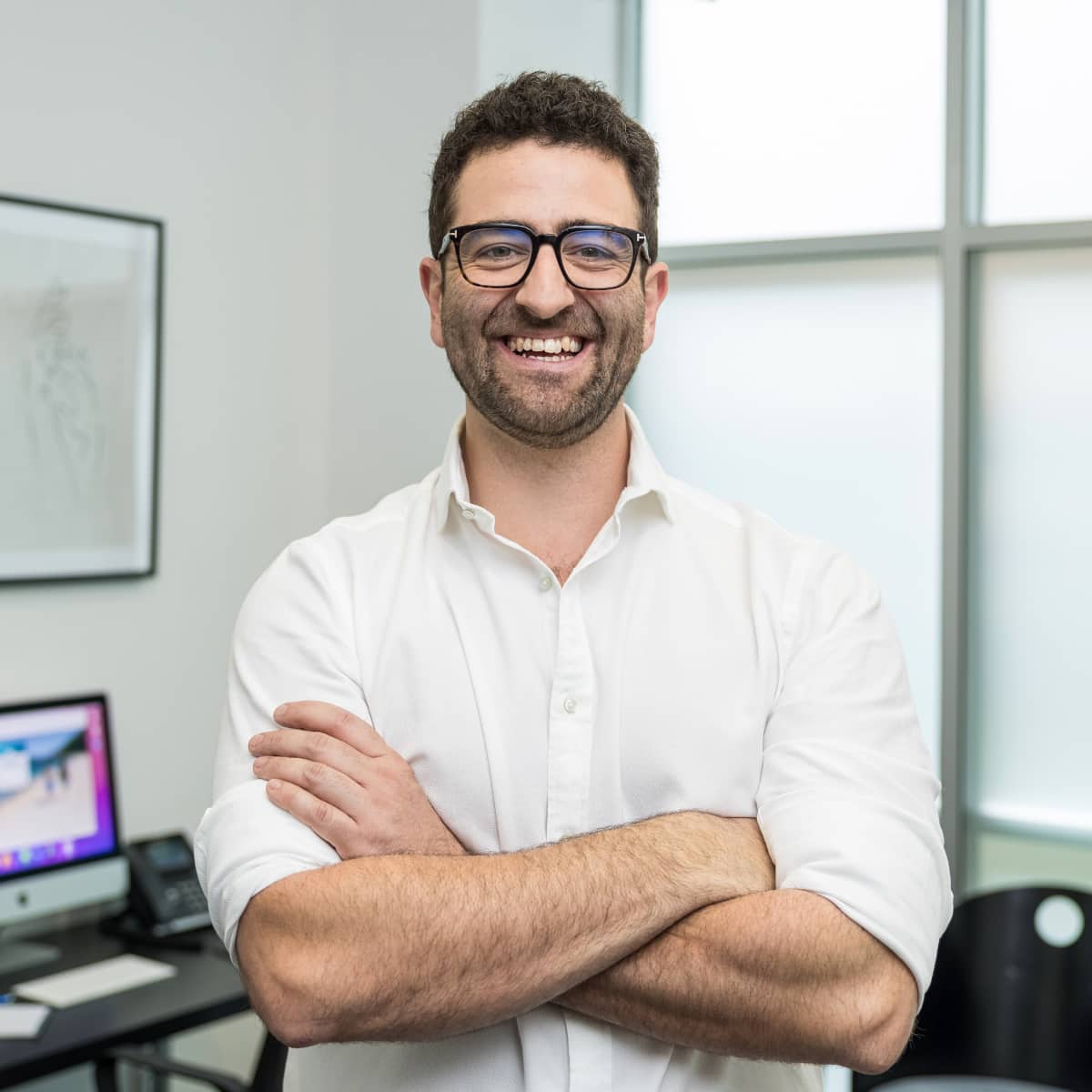
Where do you operate?
Cost of hand surgery Brisbane
What does hand surgery cost?
I participate in the known gap scheme to minimise costs to patients. No other costs are charged over this rate.
Not everyone is aware of the fact that in Australia, qualified plastic surgeons are specialist hand surgeons in the first place.
Plastic surgeons are trained in peripheral nerve surgery, soft tissue surgery and reconstructive surgery. Hand surgery is a well-recognised subspecialty of plastic surgery given its importance on good functional outcomes and scar minimisation.

Plastic surgeon Brisbane & Gold Coast
If you are comparing surgeons, regardless of your personal preference and choice, it is essential to verify that the surgeon you choose is suitably qualified and performs hand surgery on a regular basis. It’s also recommended to always seek second opinions if you have concerns. Ultimately you should feel comfortable with the plastic surgeon you are seeing.
In this blog article, I explain how to choose the right hand surgeon. One of the reasons I touch on is that I work with five in-house hand therapists ensuring optimal recovery after your hand surgery.

About Dr Andrew Hadj, Plastic surgeon Brisbane
Plastic surgery is the ultimate expression of art and science
Is there any difference between a plastic and cosmetic surgeon
Finding the right surgeon for cosmetic procedures can be a daunting experience if you don’t know what to look for.
